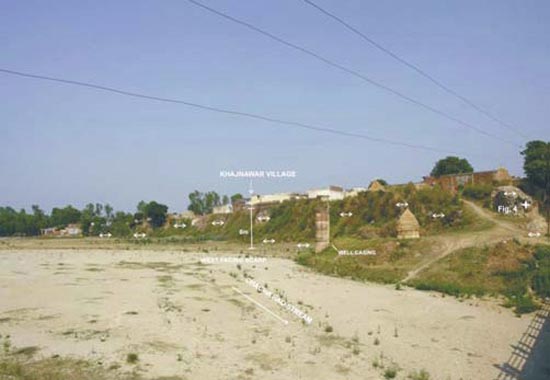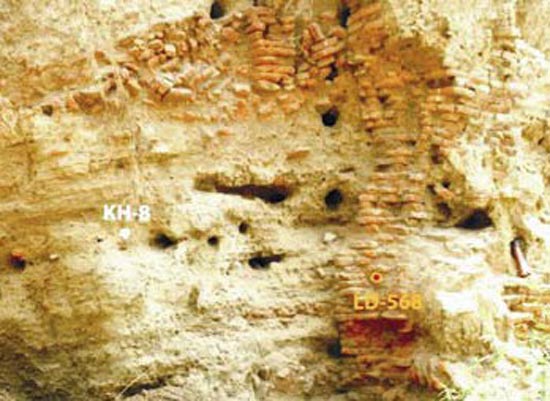Dec 24, 2025
Dec 24, 2025


09-Feb-2010
More by : V. K. Joshi (Bijji)

|
Thank you Shardindu for your encouraging words. |

|
Kudos to the author - shri v.k.joshi for extremely interesting input.Thanks for enlightening us - those who care little or nothing for cheap vanities of life and travel because for them "Geology is the music of the earth". |